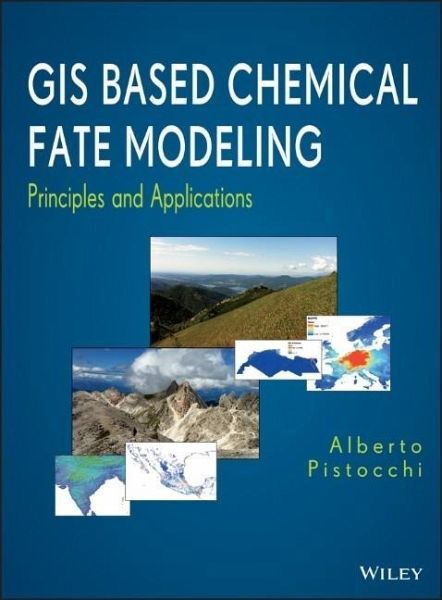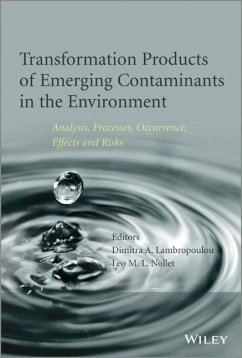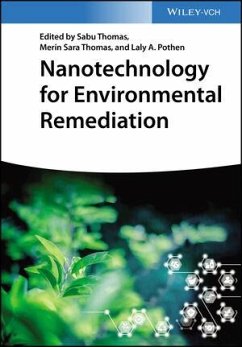
GIS Based Chemical Fate Modeling
Principles and Applications
Versandkostenfrei!
Versandfertig in über 4 Wochen
161,99 €
inkl. MwSt.
Weitere Ausgaben:

PAYBACK Punkte
81 °P sammeln!
This book covers the integration of chemical fate modeling for use in Geographic Information System (GIS) functions. It features a practical and hands-on approach that's intended for modelers preparing maps of chemical emissions, and creating landscape and climate properties within a GIS, while chemical fate calculations are performed using specialized model codes. A relevant part of the book also discusses data retrieval and processing as a basis for modeling. As such, the book offers a one-stop reference for practitioners who wish to integrate GIS with chemical modeling.
Explains how GIS enhances the development of chemical fate and transport models
Over the past decade, researchers have discovered that geographic information systems (GIS) are not only excellent tools for managing and displaying maps, but also useful in the analysis of chemical fate and transport in the environment. Among its many benefits, GIS facilitates the identification of critical factors that drive chemical fate and transport. Moreover, GIS makes it easier to communicate and explain key model assumptions.
Based on the author's firsthand experience in environmental assessment, GIS Based Chemical Fate Modeling explores both GIS and chemical fate and transport modeling fundamentals, creating an interface between the two domains. It then explains how GIS analytical functions enable scientists to develop simple, yet comprehensive spatially explicit chemical fate and transport models that support real-world applications. In addition, the book features:
Practical examples of GIS based model calculations that serve as templates for the development of new applications
Exercises enabling readers to create their own GIS based models
Accompanying website featuring downloadable datasets used in the book's examples and exercises
References to the literature, websites, data repositories, and online reports to facilitate further research
Coverage of important topics such as spatial decision support systems and multi-criteria analysis as well as ecological and human health risk assessment in a spatial context
GIS Based Chemical Fate Modeling makes a unique contribution to the environmental sciences by explaining how GIS analytical functions enhance the development and interpretation of chemical fate and transport models. Environmental scientists should turn to this book to gain a deeper understanding of the role of GIS in describing what happens to chemicals when they are released into the environment.
Over the past decade, researchers have discovered that geographic information systems (GIS) are not only excellent tools for managing and displaying maps, but also useful in the analysis of chemical fate and transport in the environment. Among its many benefits, GIS facilitates the identification of critical factors that drive chemical fate and transport. Moreover, GIS makes it easier to communicate and explain key model assumptions.
Based on the author's firsthand experience in environmental assessment, GIS Based Chemical Fate Modeling explores both GIS and chemical fate and transport modeling fundamentals, creating an interface between the two domains. It then explains how GIS analytical functions enable scientists to develop simple, yet comprehensive spatially explicit chemical fate and transport models that support real-world applications. In addition, the book features:
Practical examples of GIS based model calculations that serve as templates for the development of new applications
Exercises enabling readers to create their own GIS based models
Accompanying website featuring downloadable datasets used in the book's examples and exercises
References to the literature, websites, data repositories, and online reports to facilitate further research
Coverage of important topics such as spatial decision support systems and multi-criteria analysis as well as ecological and human health risk assessment in a spatial context
GIS Based Chemical Fate Modeling makes a unique contribution to the environmental sciences by explaining how GIS analytical functions enhance the development and interpretation of chemical fate and transport models. Environmental scientists should turn to this book to gain a deeper understanding of the role of GIS in describing what happens to chemicals when they are released into the environment.












